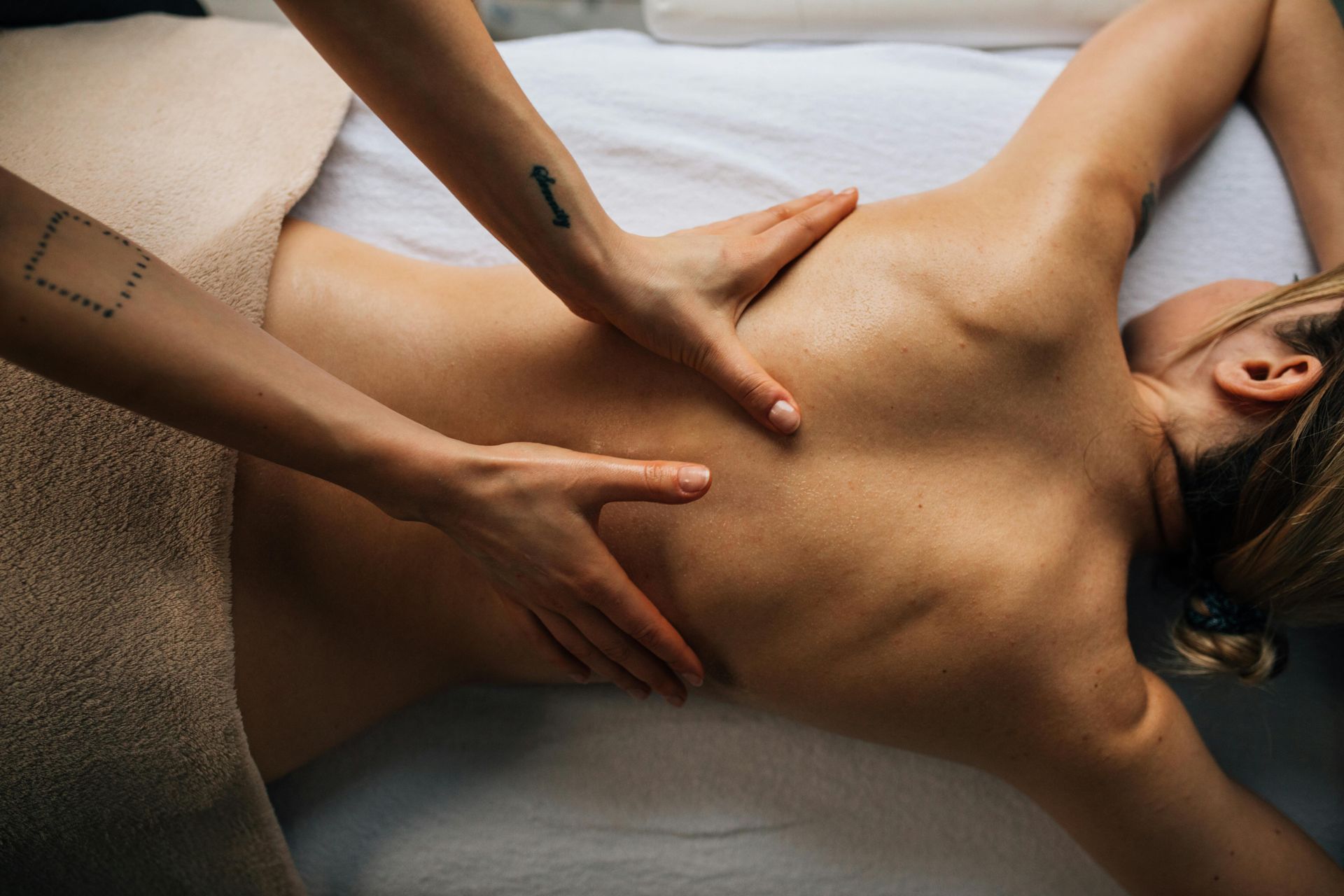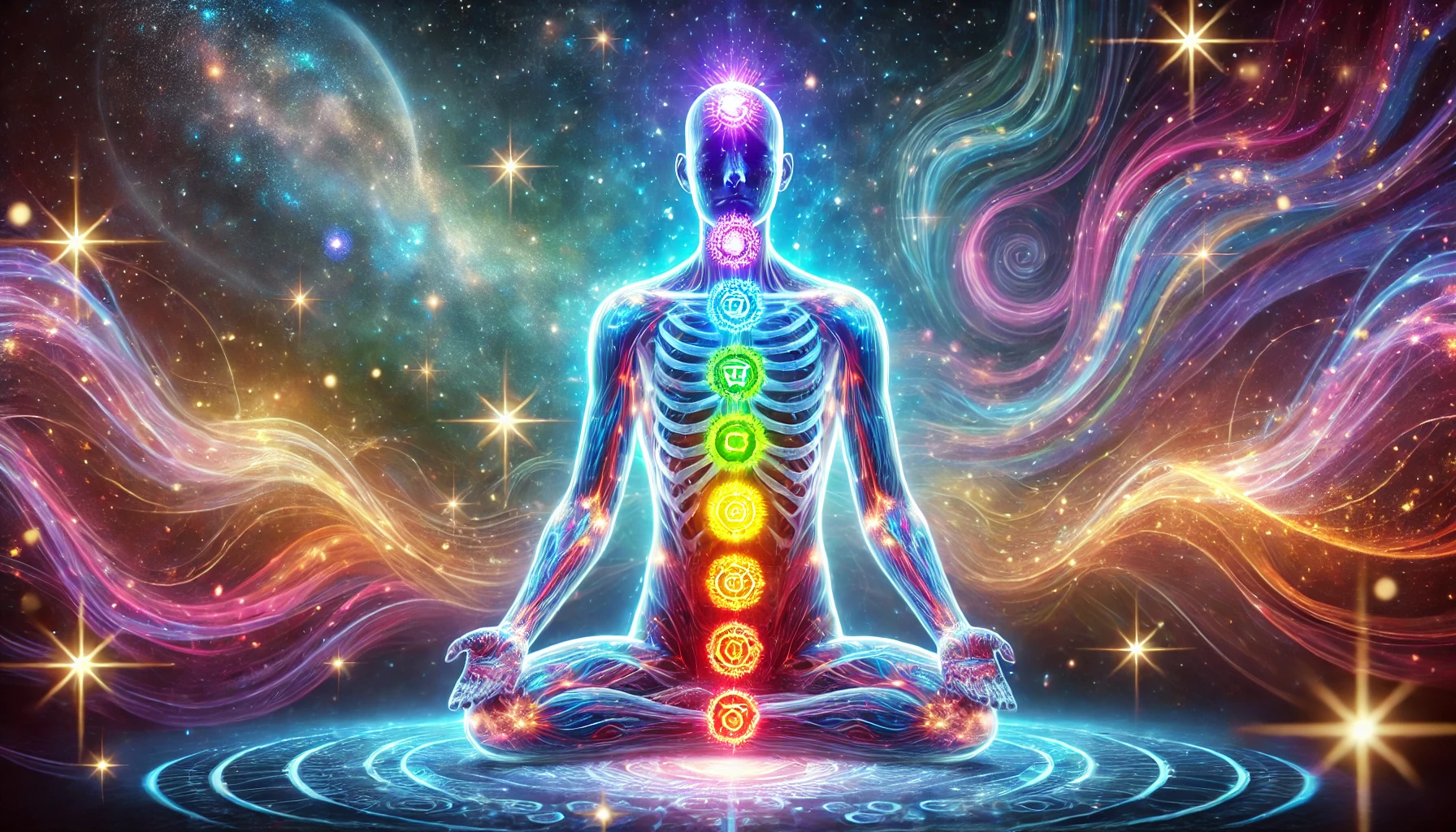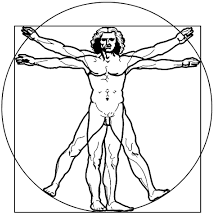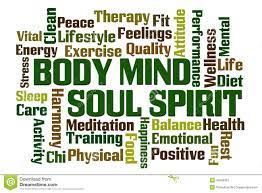What are the Benefits of Hypnosis?
What is Hypnosis?
Hypnosis is a state of mind where you are more open to suggestion. It's also called suggestibility or trance, and it's been around for thousands of years. In fact, the first recorded use of
hypnosis was in ancient Egypt!
In hypnosis, your mind becomes more receptive to ideas that you wouldn't normally agree with--such as feeling relaxed or confident about something that scares you. This can help with many things in life: quitting smoking, losing weight or overcoming social anxiety are just some examples of how hypnosis has helped people change their lives for the better.
The Benefits of Hypnosis
- Pain relief
- Stress relief
- Improved sleep
- Improved concentration and focus.
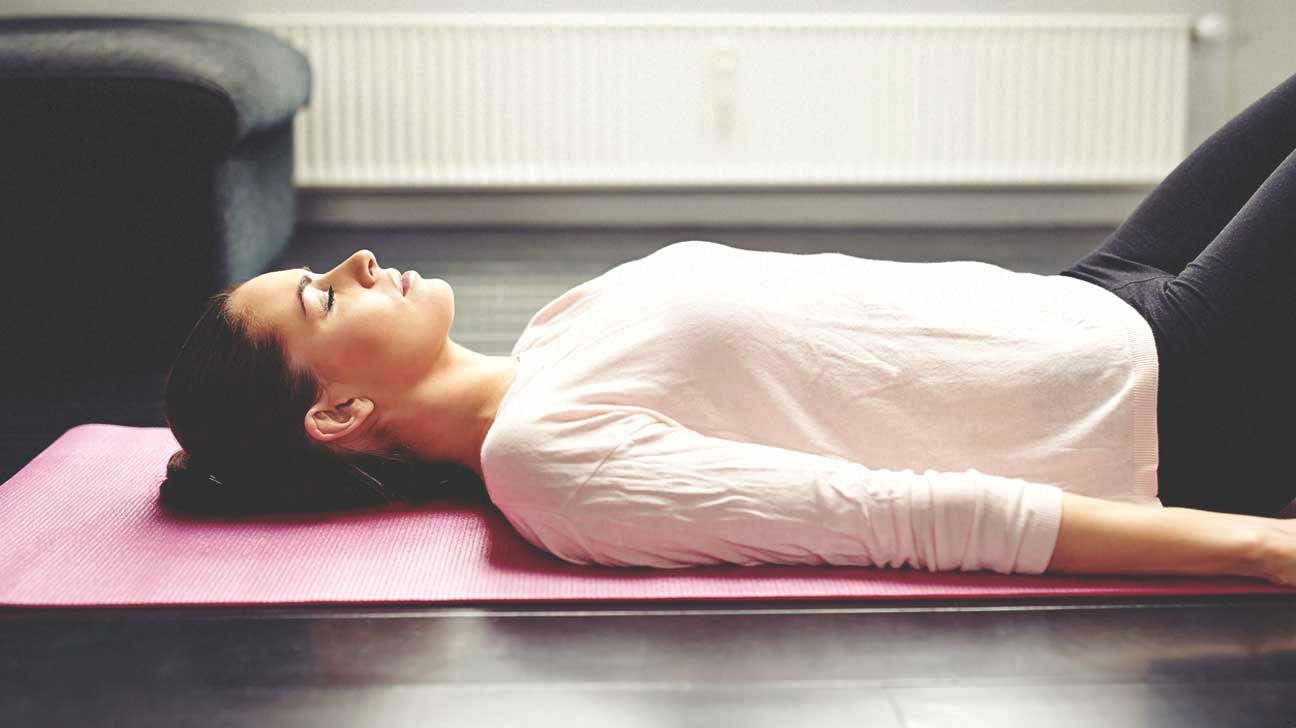
How Hypnosis Works
You may be wondering how hypnosis works. The short answer is that it's all about the power of suggestion. In fact, many people who are skeptical about hypnosis have been known to experience positive results after just one session.
The reason for this is simple: when you go under hypnosis, your body goes into a state of deep relaxation where it's easier for your mind to accept suggestions as true or real--and then act upon them accordingly!
The Different Types of Hypnosis
There are many different types of hypnosis, including:
- Self-hypnosis: This type of hypnosis is when you use your own mind to create positive change. You can do this by visualizing yourself achieving your goals and then repeating those images over and over again until they become a reality in your subconscious mind.
- Guided hypnosis: This is where a trained professional helps guide you through the process of reaching deep relaxation so that they can access parts of your mind that may be holding back progress on certain issues or problems. The therapist will typically ask questions during this type of session to help them understand what's going on with you, which allows them to provide better advice moving forward (and make sure nothing goes wrong).
- Hypnotherapy: This type of treatment uses both guided meditation techniques--alongside traditional talk therapy--to help people work through their problems more effectively than traditional methods might allow for alone; however, unlike other forms listed above it doesn't require any sort of trance state before getting started (although some people do prefer this option).
Hypnosis and Mental Health
Hypnosis and mental health are closely connected. In fact, hypnosis is a therapeutic tool that has been used for decades to treat a wide range of psychological issues including depression, anxiety, PTSD and more.
Hypnosis can help you:
- Reduce stress and anxiety
- Improve your sleep patterns
- Overcome addictions (e.g., smoking, drugs, alcohol, overeating, etc.)
Hypnosis and Physical Health
Hypnosis can help you with physical health issues. For example, chronic pain or headaches are often treated using hypnosis. The connection between hypnosis and physical health is clear: the mind and body are connected in many ways, so it makes sense that they would be connected in this way as well.
Hypnosis can also help people who suffer from other chronic illnesses such as arthritis or fibromyalgia find relief from their symptoms through relaxation techniques that allow them to manage their condition better by reducing stress on their bodies.
The Benefits of Hypnosis for Performance Enhancement
- Sports performance
Hypnosis can help athletes perform better and recover more quickly. It can also help with the mental aspect of sports, such as confidence and focus.
- Academic performance
Hypnosis has been used by students to improve their academic performance for years. Students who use hypnosis report feeling less stressed about schoolwork, which allows them to focus on what they're doing without being distracted by anxiety or fear of failure. This helps them get better grades in the long run!

The Benefits of Hypnosis for Weight Loss
Hypnosis for weight loss is a popular topic and many people are curious about it. Hypnosis can be used to help you lose weight and keep it off. Some of the benefits to using hypnosis for weight loss include helping you focus on what you're eating and to eat less. Also, helping you stop eating once you are full. Most importantly, hypnosis for weight loss helps to reduce stress and develop new habits around diet and exercise.
Hypnosis as an Alternative Therapy
Hypnosis is a powerful tool that can be used to treat a wide range of conditions. It can also be used as an alternative therapy, which means it's not part of mainstream medicine. This is why it's important to understand how and why hypnosis works before trying it out for yourself.
Hypnosis is sometimes considered an alternative therapy but one that has been used in the mainstream for decades. Some proven ways hypnosis can treat problems include reducing stress, improve concentration, overcoming addictions and bad habits, and helping improve overall health by focusing on areas of the mind and body like weight loss, anxiety, and other mental disorders.
The Risks of Hypnosis
The risks of hypnosis are minimal, but they can include:
- Feeling uncomfortable or anxious during the session. If this happens, tell your therapist and they will help you work through it.
- Having a false memory of something that didn't really happen (this is called "false recall"). This can happen if you have trouble distinguishing between reality and fantasy in general. It's important to trust your therapist and let them know if something feels wrong or doesn't make sense.

Conclusion
Hypnosis is an ancient practice that has been used for thousands of years to help people improve their mental and physical health, as well as their performance in various areas of life.
In hypnosis, your mind is more receptive to suggestions and can help you reduce stress and anxiety, improve your sleep, and even overcome addictions. Hypnosis can also be used to improve athletes’ performance, help students focus better and achieve better grades, and be used as an alternative therapy for a wide range of conditions.
When considering hypnosis, it’s important to understand how it works and the potential benefits and risks. Do your research and find a qualified professional that you trust. Billy Kelly is a Certified Consulting Hypnotherapist with many nyears of formal training and experience. With his help and the right mindset and guidance, hypnosis can be a powerful tool for achieving your goals and improving your life.
Share Today!

